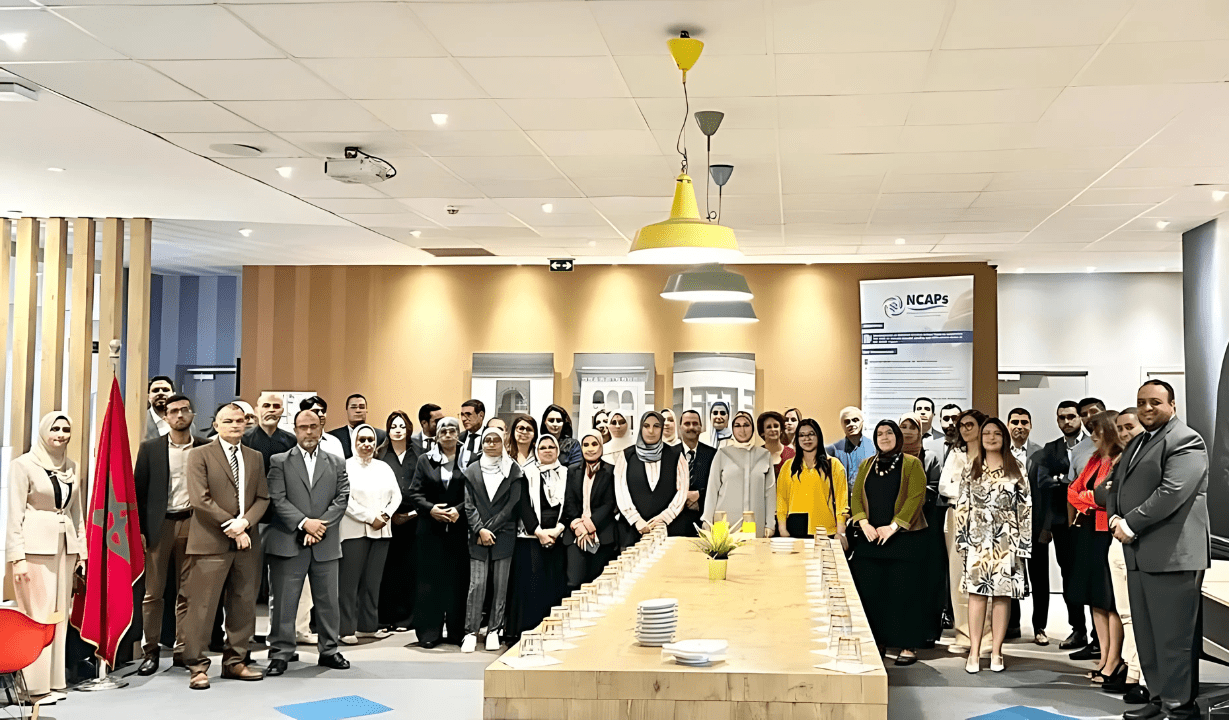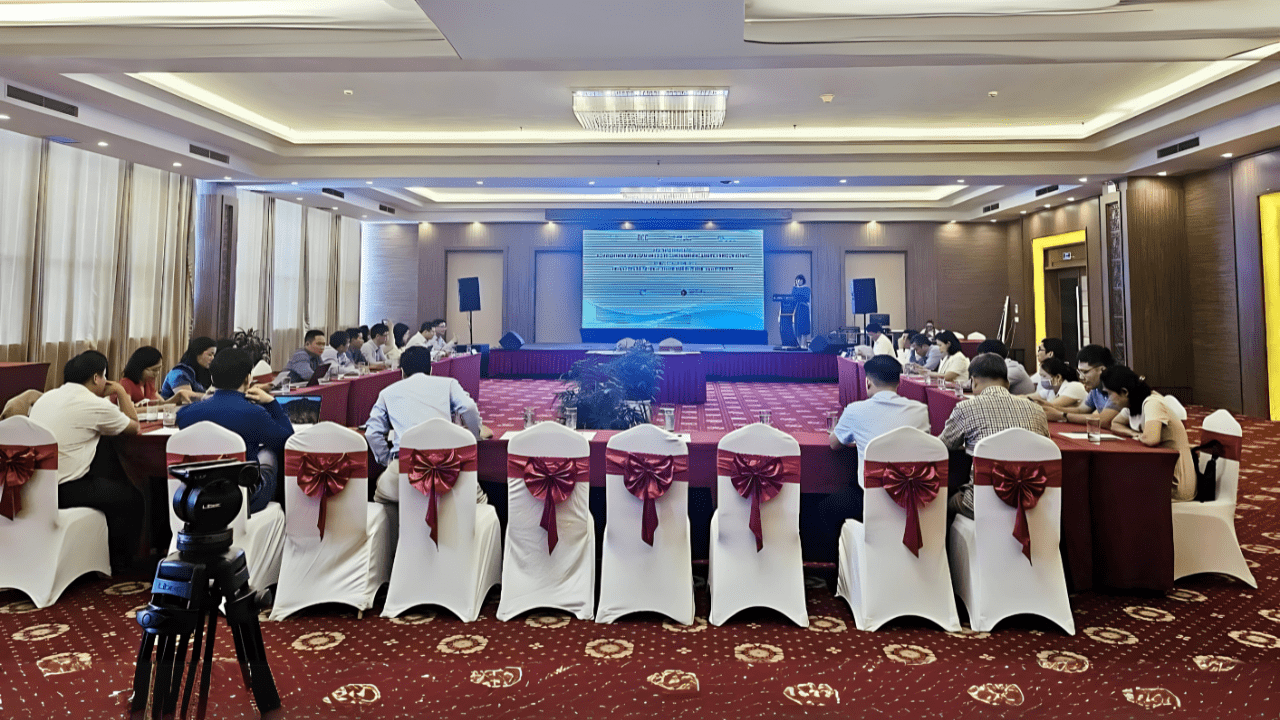Written by the Economist Intelligence Unit (EIU) and commissioned by the Kigali Cooling Efficiency Program (K-CEP), “The Cooling Imperative” report forecasts the size and source of future cooling demand out to 2030. The report also identifies where demand for cooling is coming from; and bring findings to a non-expert audience. According to the report, urgent steps must be taken by businesses and policymakers to embrace efficient, climate-friendly cooling.
The report estimates that 4.8 [billion] new units of cooling equipment will be sold globally between 2019-2030. These cooling technologies, and broader cooling use, are a substantial and growing contributor to climate change. The report highlights the urgent steps that must be taken to avoid the need for cooling, shift to cooling with lower emissions, improve cooling efficiency and protect those most vulnerable to a lack of cooling.
The report looked at six main regions: China, India, Indonesia, Japan, Mexico, and the U.S. The main focus is on unit sales and financial value, looking at the different dynamics in the eight subsectors that the report focuses on, including:
- Residential, commercial, and industrial AC;
- Residential, commercial, and industrial refrigeration;
- Mobile AC; and
- Transport refrigeration.
The report also briefly considers the role of refrigerants in the shift towards more efficient HVAC&R systems and away from high-GWP systems.



